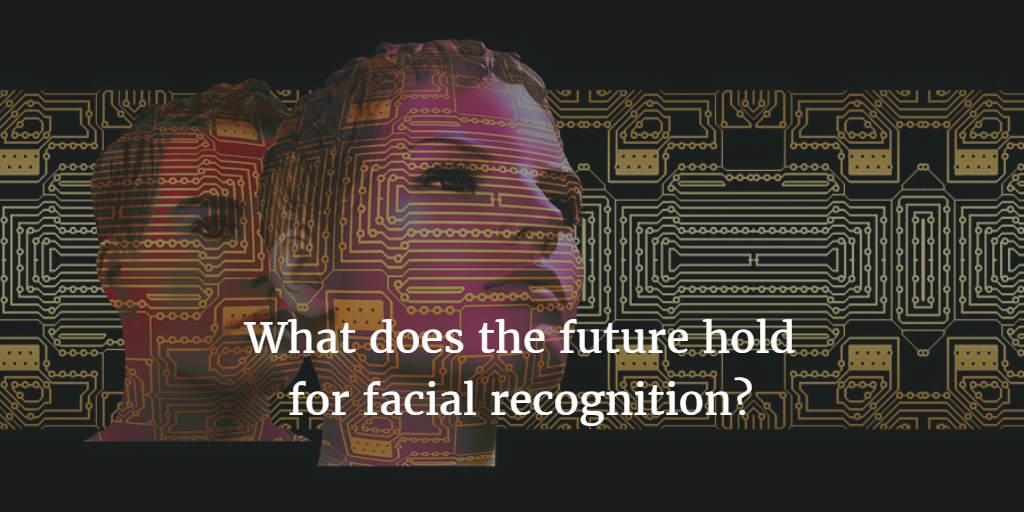Computer and data scientists have cracked the code. Facial recognition is alive and well. Yet…here are four recent headlines that are giving law enforcement, the federal government, and event organizers pause:
- Hackers dupe facial recognition system with a creepy mask
- Concert Promoters move away from facial recognition tech
- US Department of Homeland Security rolls back facial-recognition expansion plans
- Two large cities have banned the use of this technology
Let’s take a closer look at why this is happening and what we might expect in the year ahead.
Hackers Have a Haven with Facial Recognition
Kneron researchers found they were able to fool some systems using a printed mask depicting a different person’s face.
In China, they fooled Alipay and WeChat, as well as a system at a border checkpoint. In Amsterdam, a printed mask fooled facial recognition at a passport-control gate at Schiphol Airport.
Concert Promoters Say No
AEG Presents and Live Nation recently negated any plans to use facial recognition at music festivals. Their announcement has led a group of musicians to declare victory after a months-long campaign to halt the technology’s use at live shows for fear this information would get into the hands of hackers, law enforcement, or immigration authorities.
DHS Rolling Back Facial Recognition Initiative
US citizens traveling abroad will no longer be subject to airport facial recognition due to privacy concerns expressed by experts in this field.
Even though officials have installed this biometric facial scanning application in 17 airports to date, United States citizens can opt-out by notifying an airline representative when they show their passport.
Ban in Two Cities
Given concerns about racial bias within the programming, violations of civil liberties, and privacy concerns, San Francisco and Portland have banned this technology.
Despite This, Development Moves On
Facebook, Google, Amazon, Apple, and other software developers have nearly perfected automated facial recognition. They continue to hire programmers and march forward with their initiatives with the intent to make our world more convenient and secure.
For example, Apple already has Face ID on their iPhones. The selling point is that no one can unlock your phone (not even Apple) except you.
Amazon is piloting Amazon Go in several Whole Food Stores across the country. You must download their app, scan in, and shop — no registers or lines — walk out of the store with your goods. However, what they don’t tell you, is they upload your full-length biometric information to ensure you are the rightful owner of the phone. They match your face and gait to the information stored on their AWS cloud system.
FaceApp now owns access to more than 150 million individual’s names and faces. Their privacy policy allows access to all the pics on your phone — a clear privacy violation.
Police forces are using newer video cameras that include streaming, where facial recognition tools can be overlaid on top of the video to help identify persons of interest in a crime.
What Can Be Done to Curtail This Initiative?
As of last month, Bill 2878, Facial Recognition Technology Warrant Act of 2019, was introduced on the Senate floor. If passed, police would be required to issue a warrant for the use of a facial recognition tool. They could only use it for 72 hours, which comes on the heals of understanding that Russia and China are using this technology to monitor their residents and suppress activism. China now has the most security cameras installed in the world.
From the view of Constitutionalists, the use of this AI technology may violate someone’s fourth amendment rights, which protects people from unreasonable searches and seizures by the government. However, it isn’t a guarantee against all searches and seizures, but only those that are deemed unreasonable under the law.
Bottom line: There should be regulations about the use of facial recognition.
What Do You Think?
Are you using these tools for yourself or your organization? If so, in what way? If not, why not? Please fill out the comment section below.

